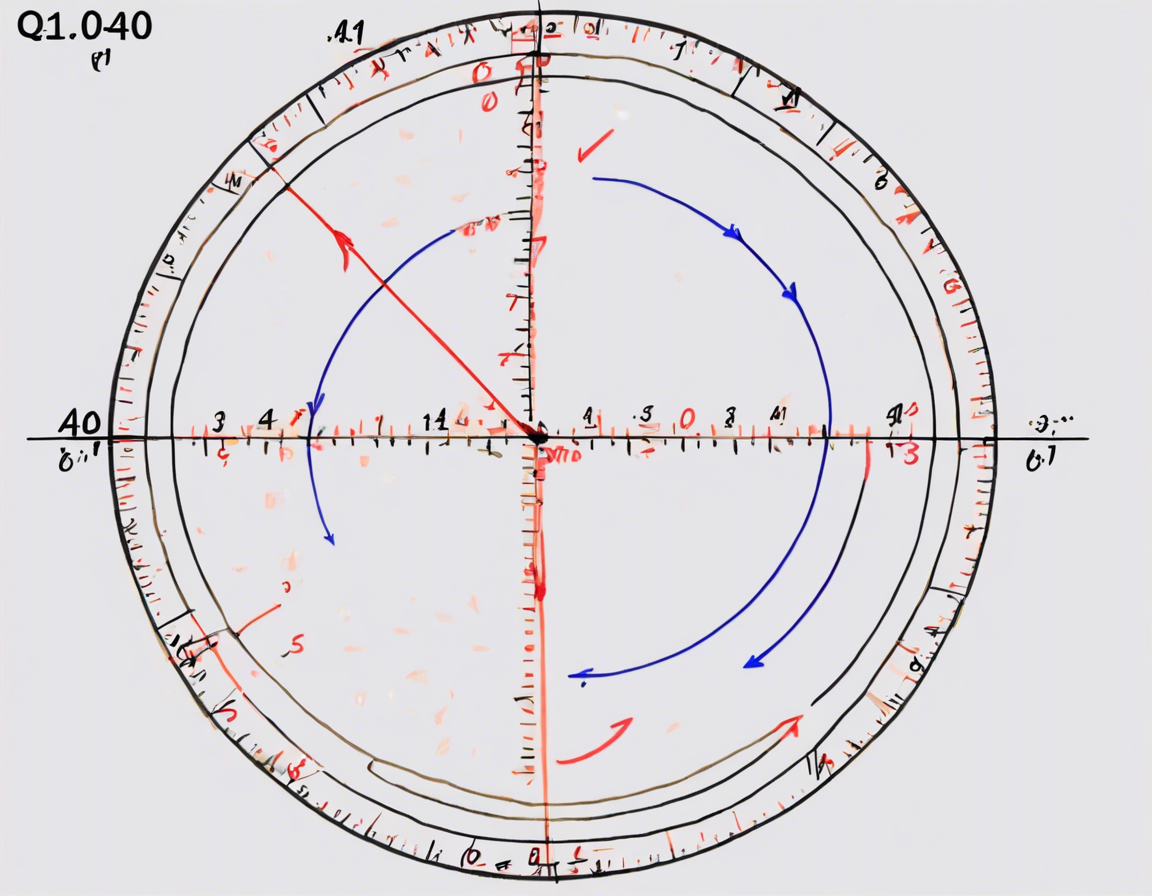
Calculating the Perimeter of a Quadrant with Radius 14 cm
Are you looking to calculate the perimeter of a quadrant with a given radius of 14 cm? Understanding the process of finding the perimeter of a quadrant can be extremely helpful, especially in geometry and real-world applications. In this detailed guide, we will delve into the steps involved in calculating the perimeter of a quadrant with a radius of 14 cm.
Understanding Quadrants and Perimeters
Before we dive into the calculations, let’s establish a clear understanding of what a quadrant is. A quadrant is essentially one-fourth of a circle, separated by two perpendicular radii. To calculate the perimeter of a quadrant, we need to consider its curved boundary in addition to any straight segments.
Formula for Calculating the Perimeter of a Quadrant
To find the perimeter of a quadrant, we can follow a straightforward formula that takes into account both the curved section (arc length) and the two straight radii. The formula is:
Perimeter of a Quadrant = Arc Length + 2 x Radius
Calculating the Arc Length of a Quadrant
The arc length of a quadrant can be determined by using the formula for calculating the circumference of a full circle and then dividing it by 4, since a quadrant is one-fourth of a circle.
Given that the radius of the quadrant is r = 14 cm, the circumference of a full circle can be calculated using the formula:
Circumference of a Circle = 2 x π x r
Substitute the radius value into the formula:
Circumference of a Circle = 2 x π x 14 = 28π
To find the arc length of a quadrant, divide the circumference by 4:
Arc Length = (28π) / 4 = 7π
Therefore, the arc length of the quadrant with a radius of 14 cm is 7π cm.
Calculating the Perimeter of the Quadrant
Now that we have determined the arc length, we can calculate the perimeter of the quadrant by adding the arc length to the sum of the two radii.
Given that the radius is r = 14 cm, the perimeter can be calculated as follows:
Perimeter = Arc Length + 2 x Radius
Perimeter = 7π + 2 x 14 = 7π + 28
To simplify further, you can leave the answer in terms of π for precision or use an approximation for practical purposes.
Conclusion
In conclusion, calculating the perimeter of a quadrant with a radius of 14 cm involves finding the arc length and adding it to the sum of the two radii. By following the formulas and steps outlined in this guide, you can accurately determine the perimeter of any given quadrant. Understanding these principles is crucial for various mathematical and practical applications.
Frequently Asked Questions (FAQs)
- What is a quadrant in geometry?
-
A quadrant is one-fourth of a circle, forming a 90-degree angle.
-
How do you calculate the arc length of a quadrant?
-
The arc length of a quadrant is one-fourth of the circumference of a full circle.
-
Why is it essential to calculate the perimeter of a quadrant?
-
Calculating the perimeter of a quadrant is crucial in various geometrical and real-world applications for determining boundaries and distances.
-
Can the perimeter of a quadrant be calculated without knowing the radius?
-
No, the radius is essential for calculating the perimeter of a quadrant as it defines the size and shape of the quadrant.
-
Is the formula for finding the perimeter of a quadrant applicable to all quadrants?
- Yes, the formula for calculating the perimeter of a quadrant is universal and can be used for any quadrant, regardless of the radius.
By following these instructions and understanding the concepts presented, you can confidently calculate the perimeter of a quadrant with a radius of 14 cm or any other given radius. Practice applying these formulas to enhance your mathematical skills and problem-solving abilities.


